1.
Introduction
Biologically active substances play a vital role not only in plant organisms but also in different areas of human activity. Due to this, raw plant materials of medicinal value can serve as a source for the development of new preparations of natural origin. Plant-based essential oils (EOs) are secondary metabolites rich in terpenoids, which are very popular and widely used in medicine, pharmacy, food, and cosmetics. The biological activity of these substances has been the research focus of several scientists. Their use began in the East (India, Egypt, Persia), where these substances possessed mainly ritual significance [1]. Egyptians have been using aromatic oils for cosmetic purposes since as far back as the fifth millennium BC [2]. When studying Chinese Indian traditional medicine, 700 documents offered information about several useful medicinal plants. Information on the application of EOs was first documented in 3000–2000 BC [2],[3]. Today, approximately 300 types of EOs are used in cosmetics, food, and pharmaceutical industries, as well as in aromatherapy and alternative medicine [4].
EOs consist of hydrocarbons (isoprenes), terpenoids (isoprenoids), or the aliphatic derivatives (alcohols, aldehydes, ketones, phenols, organic acids, ethers, lactones, and quinines) of carbohydrates [5]. A high content of EOs is typical in several plant families such as the Asteraceae, Annonaceae, Lauraceae, Rutaceae, Piperaceae, Magnoliaceae, Verbenaceae, Lamiaceae, Myrtaceae, Rosaceae, Pinaceae, and Zingiberaceae [5]. EOs are important agents in plant ecophysiology, protecting plants from harmful environmental influences [6]. Plants from the Lamiaceae family are one of the most popular ones, being broadly useful as a source of volatile essential oils [7]. One of the most popular essential oils–bearing plant is the Origanum vulgare (oregano), which grows in different areas, including Armenia, at a wide range of ecological conditions [8].
Oregano EO is a complex mixture of a large number of compounds, in which the major constituents are terpenes (mono- and sesquiterpenes) (Table 1) [8]. The flavor of oregano EO is generally provided by the presence of thymol and carvacrol, the concentration of which can vary depending on growing conditions [8]. Different chemotypes have been described, differing by their flavor [7]. The EO of O. vulgare from the Armenian flora exhibits significant differences in their composition compared to the same species from other regions [8]. These variations in chemical composition also influence their biological activities, demonstrating notable antioxidant, antiradical, metal chelating, tyrosinase inhibition, antibacterial, and antinociceptive properties. Specifically, the EO showed antibacterial activity against both antibiotic-resistant and non-resistant Escherichia coli strains [8].
1.1. The application of essential oils in medicine
In general, EOs possess fungicidal, bactericidal, anti-inflammatory, antioxidant, anti-cancer, analgesic, neuroprotective, cardioprotective, and other properties [7],[8],[24]–[32]. Various plant sources, the majority of which contain terpenes, are commonly useful for the prevention and treatment of many diseases and disorders [33]–[36]. The small sizes of the molecules of EO components allow them to penetrate easily through the cell walls, affecting various biophysical parameters of the cell membrane and biochemical processes in cells [37].
Many studies have confirmed the direct connection between the mechanisms of the antioxidant and anti-inflammatory effects of EOs and their chemical components [8],[26]. Several EOs also possess antiviral properties [38],[39].
2.
The antimicrobial activity of essential oils
As mentioned above, plant EOs possess strong antimicrobial activity against a vast range of microorganisms, including bacteria and fungi. There is an urgent need for an in-depth study of the mechanisms underlying the antimicrobial activity of EOs, due to the global problem of microbial resistance against different antibiotics [40],[41].
Essential oils can affect bacterial cells in multiple ways, including disrupting membrane integrity, altering cell morphology, and interfering with quorum sensing (QS) ability, which collectively contribute to their antimicrobial efficacy [42]. Recently, the influence of EOs on the biophysical properties of bacterial cells has garnered significant scientific interest. One of the primary mechanisms by which essential oils influence bacterial cells is through disruption of the cell membrane (Figure 1) [8]–[13],[43].
It is known that the cell membrane is crucial for maintaining the structural integrity of bacterial cells and for regulating the influx and efflux processes. One of the mechanisms of EOs' influence on the bacterial membrane is the insertion of lipophilic terpenes and phenolics into the lipid bilayer. This kind of interaction causes increased membrane fluidity and permeability, leading to leakage of vital cellular contents, ion imbalance, and ultimately cell death. For example, carvacrol and thymol, the two prominent components of oregano EO, have been shown to integrate into the bacterial cell membrane, causing structural disintegration and loss of cellular integrity, which causes the disruption of the remaining biophysical parameters [44].
Alteration in cell morphology is another significant biophysical change induced by essential oils. Scanning electron microscopy (SEM) and transmission electron microscopy (TEM) studies have revealed that exposure to essential oils can lead to noticeable morphological changes in bacterial cells. These changes include cell wall deformation, cell shrinkage, and formation of blebs and vesicles. Such morphological alterations are indicative of underlying disruptions in cellular processes and structures, which compromise the viability of bacterial cells. For instance, exposure to tea tree oil has been observed to cause notable deformation and damage to the cell walls of Staphylococcus aureus and E.coli, leading to cell lysis and death [45].
According to the literature, essential oils also interfere with bacterial quorum sensing, a cell-to-cell communication mechanism that regulates various physiological processes, including biofilm formation, virulence factor production, and resistance to a vast number of antimicrobial agents. Quorum sensing relies on the production, release, and detection of signaling molecules called auto-inducers. Essential oils are able to either degrade these signaling molecules or block their receptors. As a result, a disruption in bacterial communication can occur, preventing the formation of biofilm. Consequently, essential oils can enhance the susceptibility of bacteria to antimicrobial treatments. For instance, cinnamaldehyde, a major component of cinnamon oil, has been shown to inhibit quorum sensing in Pseudomonas aeruginosa, reducing its biofilm formation and virulence [46]. Another example, oregano EO (at concentrations of 0.0156, 0.0312, 0.0625, and 0.125 mg/mL) showed a significant anti-QS activity expressed as an inhibition of violacein production by Cհromobacterium violaceum [47].
Additionally, essential oils can affect the enzymatic activity and metabolic processes of bacterial cells. Many essential oil components can inhibit key bacterial enzymes, leading to metabolic disruptions that are detrimental to bacterial survival. For instance, eugenol, found in many plants' essential oils, has been reported to inhibit the enzyme ATPase, which is essential for energy production in bacterial cells. This inhibition hampers the energy metabolism of bacteria, rendering them less viable [48].
The effect of essential oils on the biophysical parameters of bacterial cells underscores their potential as alternative or complementary antimicrobial agents, especially in the face of the rising problem of antibiotic resistance. Their ability to disrupt membrane integrity, alter cell morphology, interfere with QS, and inhibit enzymatic activity makes them versatile tools in combating bacterial infections. Their multifaceted mechanisms of action provide a promising avenue for the development of novel antimicrobial strategies, highlighting the importance of continued research in this field [42].
Proteomic analysis confirms that differential proteins play a significant role in the prohibition of microorganisms, as they are involved in ATP metabolism (ATP5E, GAPDH), redox reactions (Gpx-3), and Ca2+ transmembrane transport (CACNA2D1). The antimicrobial effect of essential oils not only leads to cell membrane destruction but also the release of nucleic acids and proteins, reducing membrane permeability [49]. Under the influence of EOs, leakage of proteins and DNA occurs, and β-galactosidase and alkaline phosphatase activity decreases. In addition, the activity of the main enzymes (isocitrate dehydrogenase, citrate synthase, and α-ketoglutarate dehydrogenase) decreases, and the structure of DNA changes [50].
3.
The main mechanisms of antimicrobial activity of oregano essential oil
O. vulgare is one of the most studied plants of the Lamiaceae family. As reported, a vast number of microorganisms, including drug-resistant strains, express high sensitivity to this EO [51]. It has been shown to suppress the growth of bacteria from the genus Salmonella [52],[53], Listeria [54], Alicyclobacillus [15], Vibrio [55], Helicobacter [56], Escherichia [53],[57], Staphylococcus [58],[59], Bacillus [9], Pseudomonas, Achromobacter, Enterococcus, Enterobacter [58], Shewanella [60], and Klebsiella [51]. At the same time, the antibacterial activity of this EO is most evident against certain phytopathogenic bacteria, such as Erwinia rhapontici, P. syringae, Pantoea agglomerans, Agrobacterium tumefaciens, and Xanthomonas campestris. Reportedly, minimal concentrations of this essential oil are capable of inhibiting bacterial growth [61]. Particularly, at low concentrations (0.1–6.3% v/v), it presents high antimicrobial effects against some strains of pathogenic bacteria such as Staphylococcus aureus (MSSA ATCC 29213), methicillin-resistant S. aureus (MRSA ATCC 43300), E. faecalis ATCC 29212, E. coli ATCC 25922, K. pneumoniae ATCC 13883, and P. aeruginosa ATCC 27853 [51]. It has been proven that the most sensitive bacteria to oregano essential oil are gram-positive cocci. High activity against gram-negative S. enteritica and P. aeruginosa has also been detected (MIC, 100 mg/mL; MBC, 150 µg/mL) [8]. The last one may suggests additional value since P. aeruginosa could express resistance to most known essential oils [8],[11],[62].
Current studies aim to reveal the antibacterial action mechanisms of the oregano essential oil [63]. This underscores the necessity to reveal its various action pathways, aiding the formulation of new antimicrobial agents of natural origin.
The bacterial membrane can be considered as the first barrier against the penetration of toxic compounds. It is known that the bacterial cell is able to maintain viability through the highly active efflux pumps, which function at the frontline to protect bacteria against antimicrobial agents by decreasing their intracellular concentration. According to some data, oregano essential oil was found to inhibit the activity of efflux pumps and enhance the effectiveness of antibiotics. In addition, the potential of oregano essential oil as an antibacterial agent is due to the inhibition of bacterial pivotal enzymes, reduction of adenosine triphosphate (ATP) concentration, depression of biomembranes, destruction of membrane and the cell wall, and inhibition of the microbial biofilm formation ability [63], also influencing the expression of some genes [64].
Assuming all the abovementioned information, the essential oil of oregano disrupts the protective barriers of bacterial cells and inhibits their growth and development. Reportedly, a leakage of nucleic acid and protein and a significant decrease in the activity of alkaline phosphatase and lactate dehydrogenase also take place [37],[60]. Additionally, the bactericidal effect of this essential oil is accompanied by a decrease in ATP concentration, leading to cell metabolism disruption. An intensification in lipid peroxidation in cell membranes leads to an increase in malondialdehyde and structural changes to the phospholipid bilayer [55], eventually resulting in bacterial destruction [19],[55]. Changes in membrane structure and functionality can be mediated by a dysfunction of ion transport and membrane proteins (Figure 1) [65].
Different studies have confirmed that the antimicrobial effect of oregano EO is significantly correlated with the type of terpenes it contains [66],[67]. According to research data from Tunisia, the main components of oregano essential oil are p-cymene, c-terpinene, and carvacrol. These components possess high antibacterial activity against gram-negative E. coli (ATCC 8739) and S. typhimurium (ATCC 14028) and gram-positive S. aureus (ATCC 6538) and B. subtilis (Wt) strains, but not against the ampicillin-resistant P. aeruginosa (NCTC 10418) strain. Moreover, the activity of EO against the above-mentioned bacteria is higher than its' individual terpenoids [14]. Another work has shown that S. aureus strains are also sensitive to the oregano essential oil, with carvacrol and thymol as the main active components [68]. It has been stated that this essential oil affects the metabolism of some amino acids (isoleucine, phenylalanine, tyrosine, valine, tryptophan, and leucine), leading to a decrease in amino acids and phosphates and, therefore, to an inability of S. aureus to recover [59],[68].
Interestingly, an antibacterial activity of essential oil in combination with antibiotics could occur through the inhibition of efflux pumps. This mode of action could be pivotal against fluroquinolone-resistant Streptococcus pneumonia by the application of oregano EO with ciprofloxacin and/or ethidium bromide [69]. However, in the case of the Burkholderia cenocepacia J2315 strain, the synergistic effect of EO with antibiotics was not observed [70]. In addition, EO was also able to cause methylation at cytosine and adenine residues in the bacterial cell genome, becoming responsible for its bactericidal effect by triggering epigenetic changes [71].
Our own investigations showed that the essential oil of oregano growing in Armenia, whose main compounds are β-caryophyllene, β–caryophyllene epoxide, and ο-cymene, expresses high antibacterial activity against the ampicillin-resistant and the non-resistant E. coli (MIC 50 mg/mL) [8],[26]. This is important for the development of new treatment approaches to fight resistance to antibiotics.
The manifestation of antimicrobial activity by EOs does not depend on the method of extraction [53]. In addition, oregano essential oil (at the concentration of 0.1 and 0.3 mg/mL) was detected to be the “most anti-biofilm agent” obtained from Lamiaceae family plants. It inhibits biofilm adhesion and reduces the ability of C. albicans to form biofilm. The anti-biofilm effect of oregano EO against Propionibacterium acnes and S. epidermidis has been used for the management of acne [72],[73].
3.1. The main mechanisms of antibacterial action of oregano EO
The results of various studies show that the antimicrobial effect of the essential oil of O. vulgare on the bacterial cell differs from the activity of the individual components contained in the essential oil. As mentioned above, the antimicrobial activity of essential oils is expressed due to multiple mechanisms affecting bacterial cell's different targets (Figure 2) [55],[74],[75]։
The effectiveness of the antimicrobial activity of aromatic compounds present in the oregano essential oil depends significantly on their chemical structure and, consequently, the mechanism of action, as mentioned earlier [76]. Terpenoids, particularly the isomeric monoterpenoids (carvacrol and thymol) are strong antibacterial agents that are active against both gram-positive and gram-negative bacteria [77]. Carvacrol shows antibacterial activity, especially against gram-positive methicillin-resistant S. aureus strains. This mechanism is manifested by the destruction of the biophysical properties of bacterial cell membranes [78]. Namely, carvacrol reduces the ATP concentration, inhibits the efflux pumps, and acts as an anti-biofilm agent by suppressing QS [79]. The antibacterial effect of thymol against gram-negative Enterobacter sakazakii BNCC 186088 leads to damage to the cell membrane. This aromatic monoterpenoid causes the depolarization of cell membranes and the disturbance of intracellular homeostasis [80]. Thymol leads to the shrinkage of bacterial cells and destruction of the cell membrane, followed by the loss of cytoplasm as well as DNA leakage in drug-resistant zoonotic pathogen gram-negative Aeromonas hydrophila [81].
Some investigation results underscored the antibacterial effect of thymol and carvacrol against gram-negative S. enteritidis ATCC 13076. The abovementioned monoterpenoids have an expressed effect on the activity of different bacterial enzymes, as well as DNA synthesis [52]. In vitro studies have also confirmed the inhibitory effect of oregano EO and carvacrol on the growth of cariogenic bacteria. From the pharmacokinetic point of view, the high bioavailability of carvacrol has also been asserted [74]. Carvacrol and thymol completely inhibit the formation of B. cinerea spores [75]. The antimicrobial activity of thymol against E. coli CIP 54127, S. typhimurium and ATCC 133115, S. aureus CIP 4.83, P. aeruginosa ATCC 15442, and Klebsiella pneumonia CIP 104216 strains is due to the presence of a hydroxyl group. It hampers microbial growth in a more effective manner than its synthetic derivatives, such as 2-isopropyl-5-methylphenylformate, 2-isopropyl-5-methylphenyl benzoate, and 2-(2-(2-isopropyl-5-methylphenoxy) ethoxy ethanol [80]. The hydroxyl group of carvacrol is essential for the modulation of biophysical parameters in the cell membrane, increasing the cell membrane permeability, whereas its O-methyl and benzylic derivatives are not effective [76]. Due to its hydrophobic character, carvacrol accumulates in the cell membrane, and as a consequence, proton exchange is disrupted. The ability of carvacrol to bind hydrogen and donate protons causes irreversible modifications to the bacterial membrane [17].
Assuming the abovementioned characteristics, the antibacterial activity is based on the ability of EO components to change the membrane-associated properties of bacteria. From this perspective, the efficiency is greater if carvacrol and thymol act synergistically with antibiotics to overcome bacterial resistance [77].
Another research showed that the bacterial cell membrane is the target not only of the aromatic terpenoids thymol and carvacrol but also of monocyclic monoterpenoid-limonene and bicyclic monoterpenoid-α-pinene, which penetrate into the cell membrane through the phospholipid bilayer and destroy it. The structural properties of the latter (the presence of an aromatic ring or hydroxyl group) play a key role in this process [19]. Limonene affects the permeability of cell membranes. The mechanism of its antimicrobial activity against gram-positive L. monocytogenes is also manifested by the leakage of intracellular biomacromolecules. Additionally, limonene disrupts the energetic homeostasis and metabolism in the bacterial cell through suppression of ATP synthesis, as well as changes in the activity of ATPase, Na+/K+-ATPase, and Ca2+-ATPase [18].
Acyclic monoterpenoid linalool also has an impact on enzymatic activity (succinate dehydrogenase, pyruvate kinase, ATPase, and dehydrogenase) of bacterial cells [82]. At its minimal inhibitory concentration (MIC 1.5 mL/L), linalool decreases the activity of malate dehydrogenase and respiratory chain enzymes, inhibiting respiratory metabolism. It has also a significant influence on the metabolism of amino acids, nucleic acids, and lipids [83]. The antimicrobial action mechanism of linalool against putrefying bacteria is expressed by the leakage of alkaline phosphatase, proteins, DNA, and RNA, resulting in cell destruction and cytoplasm coagulation [82],[84].
3-carene (bicyclic monoterpene), another component of oregano EO, has rather high antimicrobial activity against foodborne microbes. Its antibacterial action mechanism against the gram-positive Brochothrix thermosphacta ACCC 03870 and the gram-negative P. fluorescents ATCC 13525 is mediated by the leakage of phosphatase, potassium ions, and proteins. 3-carene disrupts DNA structure by binding to the bacterial DNA and triggers cell death [22].
The oregano essential oil is rich not only in monoterpenoids but also sesquiterpenes, which are also described as antimicrobial agents. Several scientific studies showed that the sesquiterpenoid germacrene D, one of the components of oregano EO [26], expresses a cytotoxic effect on E. coli, S. aureus, P. aeruginosa, and S. pyogenes pathogenic bacteria by binding to the active sites of bacterial DNA and RNA polymerases. As a result, the growth of bacteria is inhibited, the permeability of the cell wall is disrupted, and a leakage of nucleotides and K+ ions occurs [20].
Another research shows that β-caryophyllene can also be used as a new antimicrobial agent in the treatment of severe gastrointestinal diseases since this sesquiterpene has an antibacterial effect on Helicobacter pylori ATCC 49503 [85].
Typically, β-caryophyllene can also serve as a caries prevention agent in dentistry as it has anti-biofilm activity against the gram-positive S. mutans, which occurs in the oral cavity and causes periodontitis [86]. Inhibiting bacterial growth, β-caryophyllene penetrates into the protective barrier of the biofilm and prevents the synthesis of β-glucosyltransferase, which is known as a pivotal agent in biofilm formation. Other periodontopathogens such as Porphyromonas gingivalis, Tannerella forsythia, and Treponema denticola are also sensitive to β-caryophyllene [87].
As mentioned above, the anti-biofilm potential of terpenoids is rather high. Biofilm formation is controlled by quorum sensing. The anti-quorum activity of carvacrol against P. aeruginosa is characterized by the inhibition of biofilm development when interacting with the cell membranes and protein receptors [88]. Other monoterpenoids such as cis-sabinene hydrate, 4-terpineol, thymol, and γ-terpinene also demonstrate anti-biofilm activity against various microbial strains [21],[89].
The anti-biofilm effect of carvacrol is also quite high against methicillin-resistant S. aureus. Carvacrol (75 µg/mL) inhibits the biofilm formation by 93% and reduces the production of mucus and extracellular polysaccharides. The multi-target influence mechanism of carvacrol disrupts the respiratory chain and leads to bacterial cell destruction [78],[90]. At the same time, the combination of thymol, p-cymene, and carvacrol has a synergistic effect on different bacteria.
Overall, scientific literature suggests that plant EOs also influence mammalian cell membranes [91],[92], a potential limitation to their application in medicine. However, at the same time, EO components can serve as penetration enhancers for some components of different medicinal preparations [93].
4.
Conclusions
Oregano essential oil stands out due to its complex composition and potent biological activities, such as antimicrobial, antioxidant, and anti-inflammatory. These properties stem primarily from its main constituents—carvacrol, thymol, and β-caryophyllene—which are highly effective in disrupting bacterial cell membranes, affecting their biophysical parameters, and inhibiting vital cellular processes, including quorum sensing and biofilm formation.
The antimicrobial efficacy of oregano EO, especially against antibiotic-resistant bacterial strains, highlights its potential as an alternative or complementary approach in the development of treatment strategies. Its ability to interact with bacterial membranes, alter cell morphology, and affect enzymatic activities underscores its importance in combating the rising issue of antibiotic resistance. Moreover, the synergistic effects of EOs with antibiotics open new avenues for overcoming microbial resistance, especially in pathogens that have developed resistance to conventional drugs.
As the need for alternative treatments grows, essential oils like those from oregano may provide valuable solutions in medicine and food safety, reinforcing their historical significance and continued relevance in modern healthcare practices. However, the complexity and variability of essential oil compositions pose challenges for their standardized use. More comprehensive research is needed to elucidate the specific mechanisms and optimal conditions for the antimicrobial application of essential oils, ensuring their efficacy and safety in clinical and commercial settings.
Use of AI tools declaration
The authors declare they have not used Artificial Intelligence (AI) tools in the creation of this article.
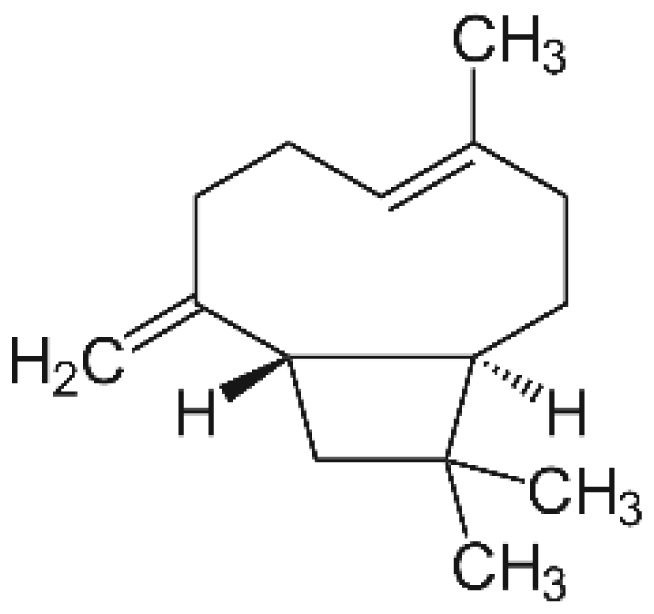
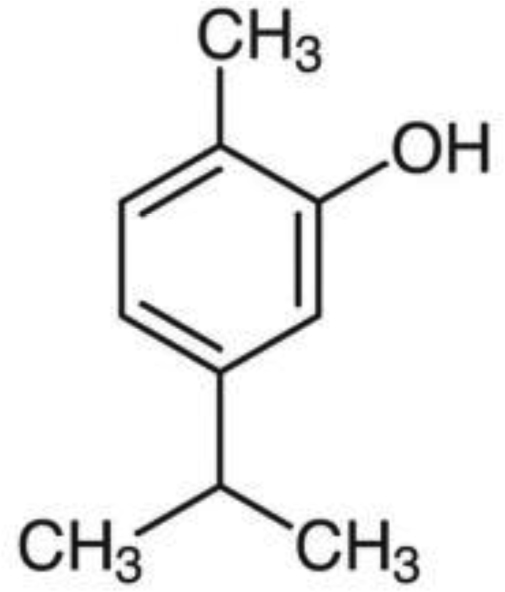
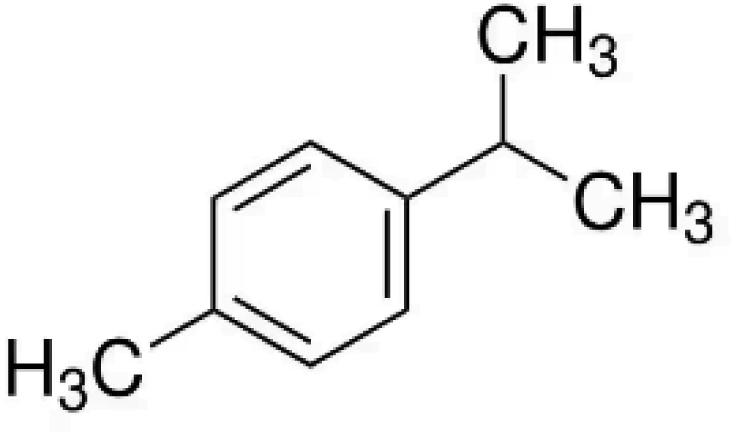
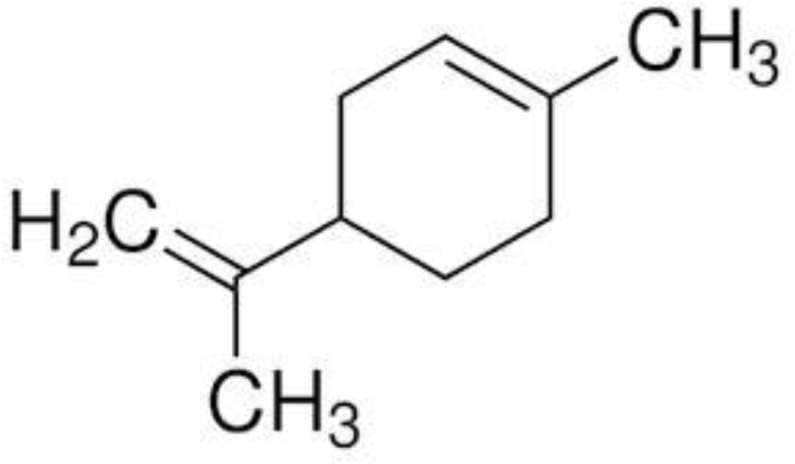
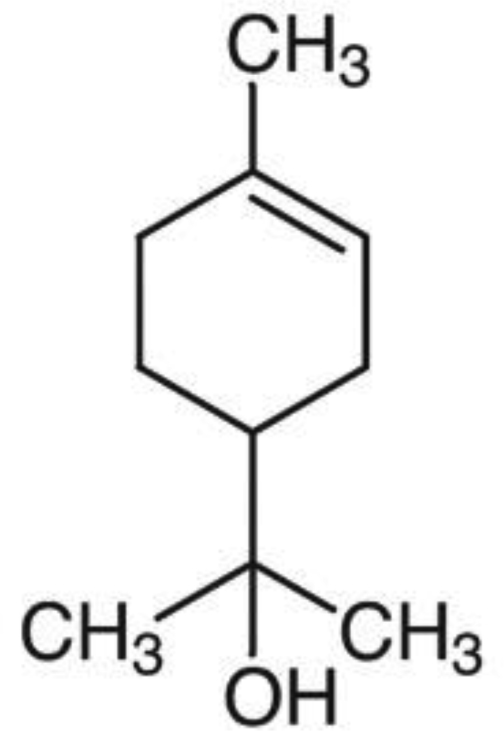
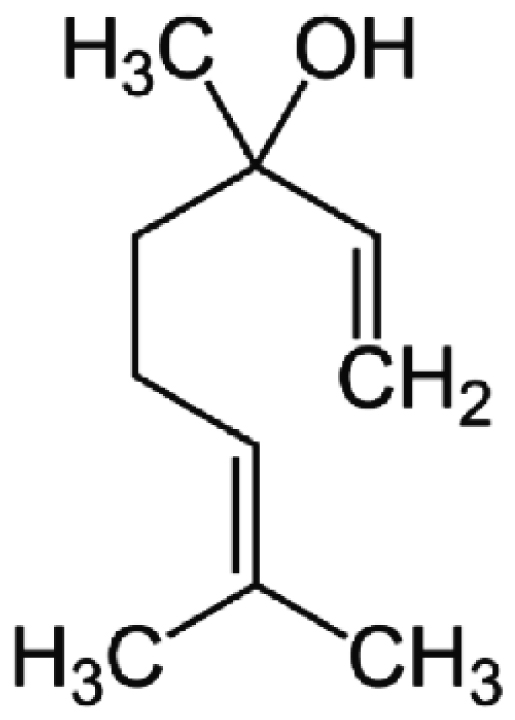
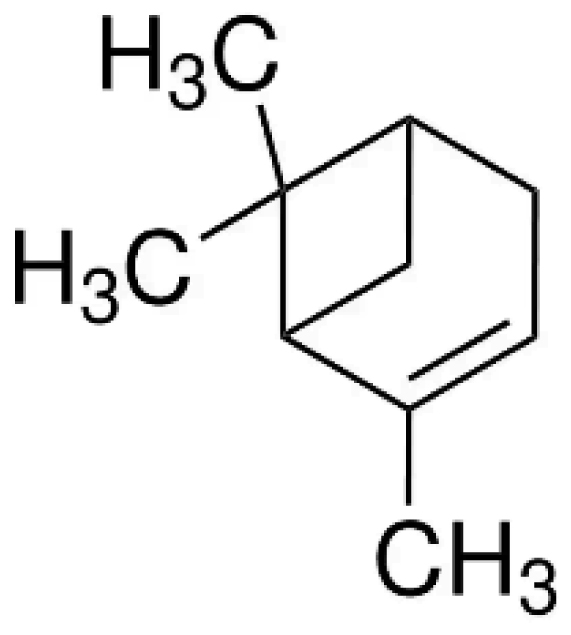
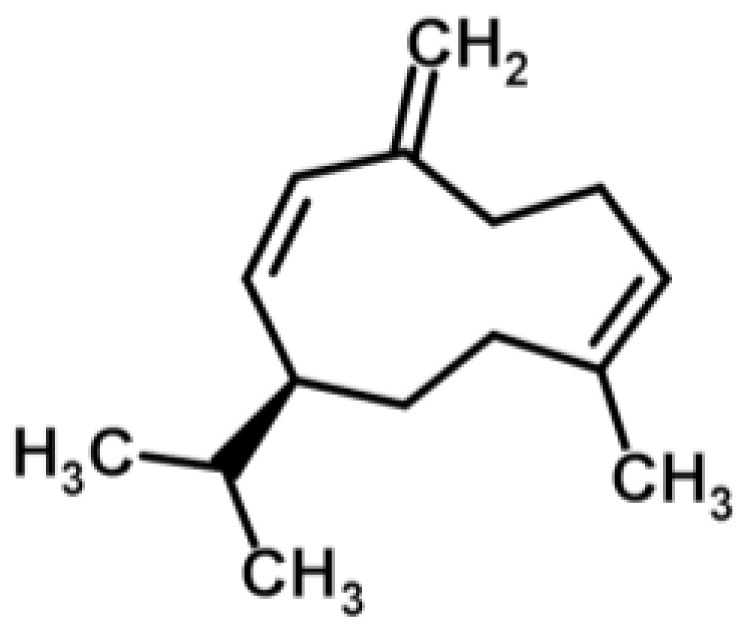
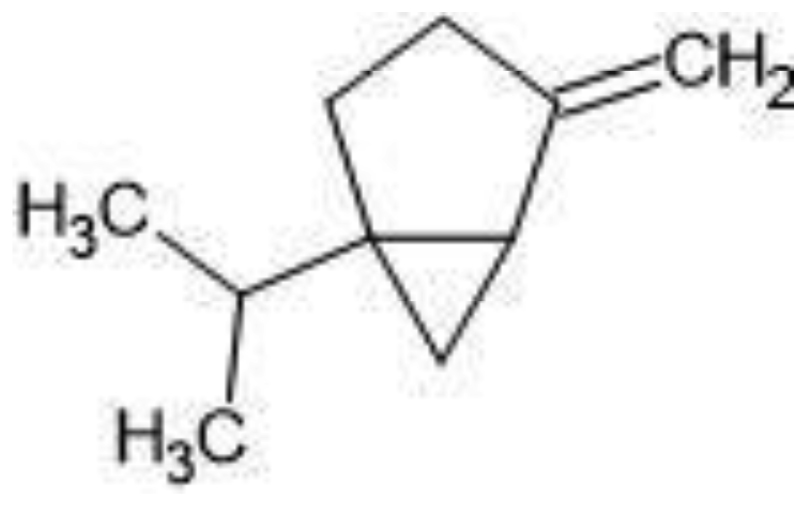
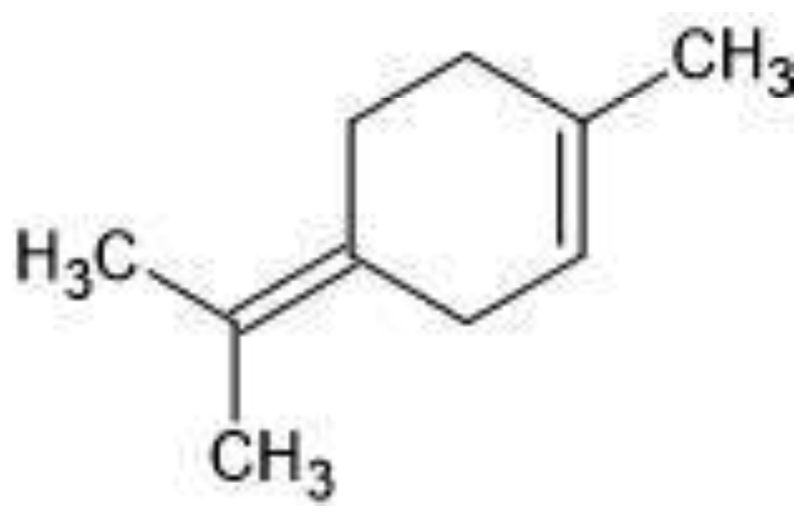
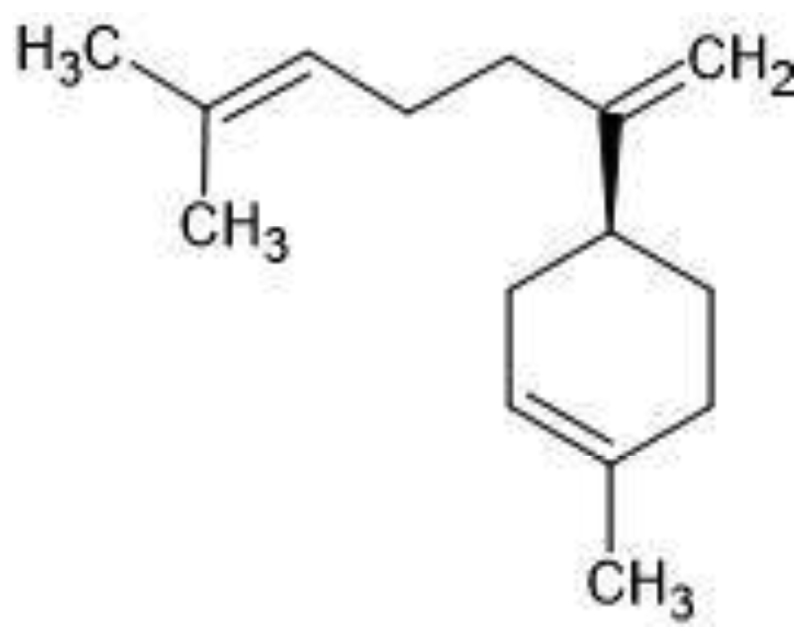









 DownLoad:
DownLoad:





